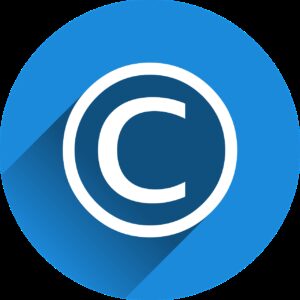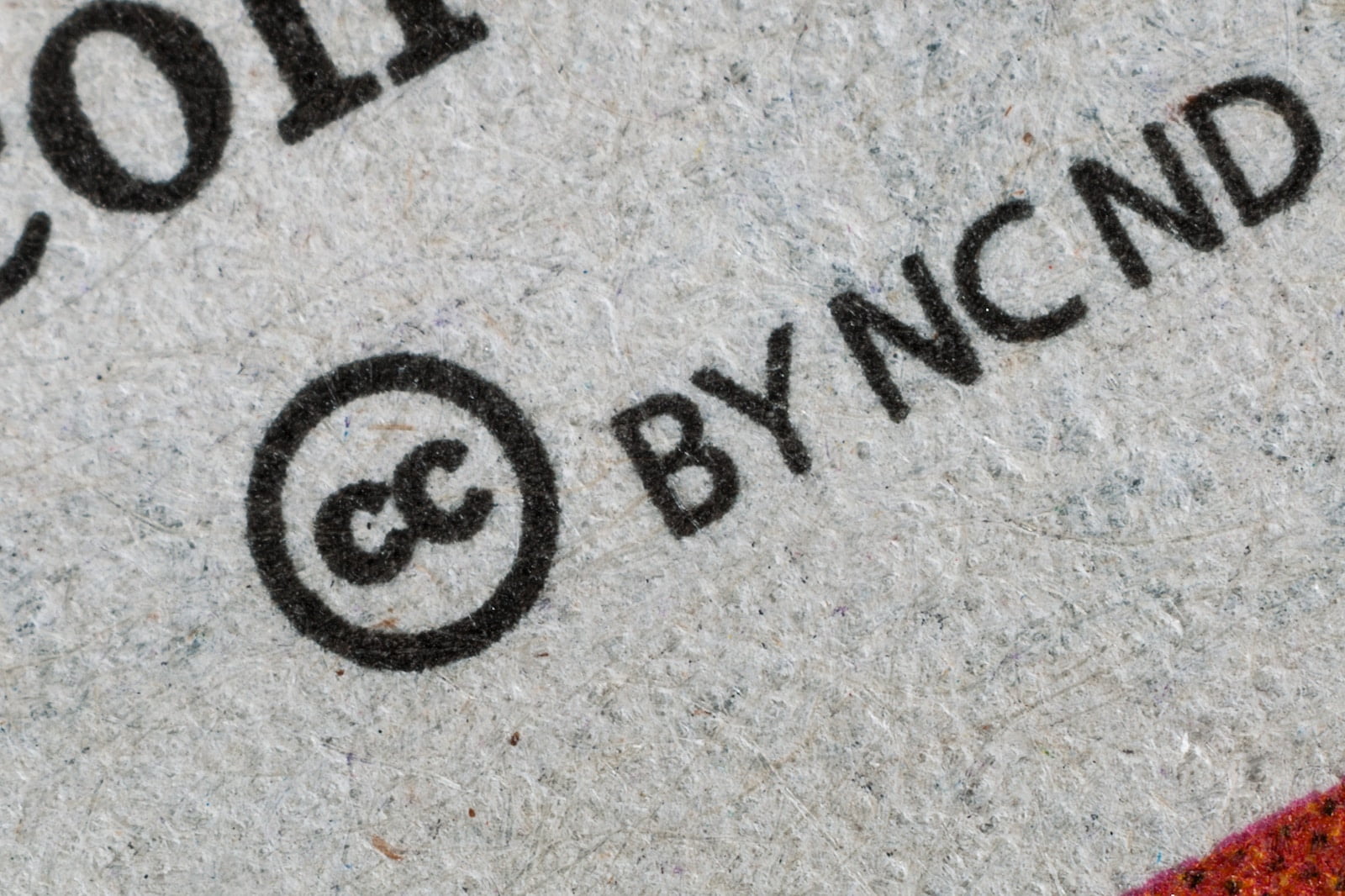Disclaimer: The information provided in this article is for general informational purposes only and does not constitute legal advice. The content is not a substitute for professional legal advice. Always seek the advice of a qualified legal professional with any questions you may have regarding any legal matter.
Debunking Copyright Myths
Copyright is a fundamental concept that underpins the creative landscape of the United States. It protects the rights of creators, allowing them to control how their work is used and distributed. However, there are numerous copyright myths that continue to circulate in the digital age. These myths often lead to misunderstandings and unintended infringement. In this article, we will debunk 11 enduring copyright myths that haunt the US digital landscape, shedding light on the facts and encouraging readers to seek accurate information.
Copyright: A Brief Overview

To comprehend the copyright myths, we need a clear understanding of what copyright entails. Copyright grants exclusive rights to authors, artists, and creators, enabling them to control the reproduction, distribution, and adaptation of their work. It encompasses various forms of creative expression, including literature, music, films, photographs, and software. Copyright protection arises automatically upon the creation of a work and generally lasts for the author’s lifetime plus an additional 70 years. However, there are some limitations, and copyrights must be filed to make a copyright claim in U.S. courts.
Breaking down the concept of Fair Use
Before diving into the copyright myths, it is essential to grasp the concept of fair use. Fair use is a legal doctrine that permits the use of copyrighted material without obtaining permission from the copyright holder. It allows for limited and transformative use of copyrighted works, such as criticism, commentary, news reporting, teaching, scholarship, and research. However, fair use is a nuanced and context-dependent concept, and its interpretation can vary. Courts consider four factors when determining fair use: the purpose and character of the use, the nature of the copyrighted work, the amount and substantiality of the portion used, and the effect of the use on the market for the original work.
Myth 1: Everything on the Internet is free to use
One of the most pervasive copyright myths is the belief that everything freely available on the internet is fair game for use. This misconception stems from the open accessibility of online content, leading many to assume that it is free from copyright restrictions. However, this is far from the truth. The moment a work is created and fixed in a tangible form, it is automatically protected by copyright, regardless of whether it is published online or offline. Therefore, using someone else’s work without permission can still constitute copyright infringement, even if it is readily available on the internet.
Moreover, the internet does not eliminate the need to attribute credit to the original creators. Properly acknowledging the authorship of a work is not only a matter of ethical responsibility but also a legal requirement in certain cases. Failing to provide appropriate credit can lead to accusations of plagiarism and copyright infringement. Therefore, it is essential to understand that just because something is freely accessible online does not mean it is free to use without consequence.
Myth 2: If it doesn’t have a copyright notice, it isn’t copyrighted
Many people believe that a work must bear a copyright notice to be protected. However, this is one of the copyright myths that is outdated and no longer accurate under current copyright law. Since March 1, 1989, copyright protection is automatic and does not require the use of a copyright notice. The moment a work is created, it is immediately safeguarded by copyright. While including a copyright notice can still be beneficial by informing potential users of the copyright owner’s claim, it is not a prerequisite for copyright protection. Therefore, assuming that a work is not copyrighted simply because it lacks a copyright notice is a common misconception.
Myth 3: Fair use automatically applies to educational uses
Educators often believe that fair use allows them to freely use copyrighted material for educational purposes. While fair use does provide some leeway for educational uses, it is not an automatic right. The application of fair use in an educational context depends on various factors, such as the purpose and character of the use, the nature of the copyrighted work, the amount used, and the effect on the market for the original work.
Educational use is typically considered transformative and non-commercial, which is a factor in favor of fair use. However, using an entire copyrighted work without permission is unlikely to be considered fair use, particularly if it affects the market value of the original work. Therefore, educators should exercise caution and ensure that their use of copyrighted material meets the criteria for fair use, or seek permission from the copyright holder to avoid potential infringement.
Myth 4: You can use anything as long as you give credit
While giving credit to the original creator is essential, it does not automatically grant the right to use copyrighted material without permission. Crediting the author or artist is a matter of ethical practice and can demonstrate good faith. However, it does not absolve one from obtaining proper authorization to use a copyrighted work.
To legally use copyrighted material, one must either obtain permission from the copyright holder or ensure that the intended use falls within the realm of fair use. Mere acknowledgment of the original creator does not exempt individuals from infringement claims. Therefore, it is important to understand that giving credit is not a substitute for obtaining proper authorization or falling within the boundaries of fair use.
Myth 5: Using a small percentage of a work is always fair use
There is a common misconception that using a small portion of a copyrighted work is always considered fair use. However, fair use is not solely determined by the quantity used but rather by its purpose and effect on the market value of the original work. While using a small percentage of a work may lean in favor of fair use, it is not an automatic guarantee.
Courts consider the qualitative significance of the portion used and whether it constitutes the “heart” or essence of the work. Even a small portion of a work can be deemed infringing if it captures the most valuable or distinctive aspects. Therefore, assuming that using a small percentage of a work is always fair use is a fallacy. It is crucial to evaluate the purpose and effect of the use in addition to the quantity employed.
Myth 6: Nonprofit organizations can use copyrighted materials freely
Nonprofit organizations often believe that their charitable status grants them free rein to use copyrighted materials. However, nonprofit status does not exempt organizations from copyright obligations. While fair use may provide some flexibility for nonprofit educational and charitable purposes, it is not an automatic right.
Nonprofit organizations must still adhere to the principles of fair use and obtain proper authorization when necessary. Using copyrighted materials without permission can still constitute infringement and lead to legal consequences, regardless of the organization’s charitable or educational intentions. Therefore, nonprofits should exercise caution and seek legal advice to ensure compliance with copyright laws.
Myth 7: Copyright protection lasts forever
Copyright protection does not last indefinitely; it has a limited duration. In the United States, copyright protection typically lasts for the author’s lifetime plus an additional 70 years. After this period, the work enters the public domain, becoming freely accessible for all to use. However, the specific duration of copyright protection may vary depending on various factors, including the type of work and the date of its creation.
It is important to note that copyright protection cannot be extended indefinitely through methods such as continuously updating or renewing copyright registrations. Once the copyright term expires, the work becomes part of the public domain, enabling others to use and build upon it. Therefore, assuming that copyright protection lasts forever is a misconception rooted in the misunderstanding of copyright law.
Myth 8: The Poor-man’s copyright
The notion of the “Poor-man’s copyright” refers to the belief that mailing oneself a copy of the work provides legal protection against infringement. This myth suggests that the postmark on the sealed envelope serves as proof of the work’s existence and the date of creation. Unfortunately, this method does not hold up in court and does not provide any formal copyright protection.
Copyright protection arises automatically upon the creation of a work, without the need for registration or mailing oneself a copy. While registering a copyright can provide additional benefits in terms of legal evidence and statutory damages, the act of mailing oneself a copy, commonly known as the Poor-man’s copyright, does not serve as a valid substitute for proper copyright registration.
Myth 9: Posting a copyright disclaimer protects you from infringement
Many individuals believe that including a copyright disclaimer on their website or social media platforms protects them from potential infringement. However, this is a myth. While it is advisable to display a copyright notice to inform users of your rights and discourage unauthorized use, it does not provide legal immunity or prevent infringement.
Copyright protection arises automatically upon the creation of a work, regardless of whether a disclaimer is present. Therefore, relying solely on a copyright disclaimer is ineffective in safeguarding against infringement claims. It is crucial to understand that copyright protection is based on the act of creation and not on the presence or absence of a disclaimer.
Myth 10: Parody is always considered fair use
Parody often blurs the line between fair use and potential copyright infringement. While parody can be considered fair use, it is not an absolute defense against infringement claims. To qualify as fair use, a parody must be transformative, meaning it adds new meaning or message to the original work. It should also comment, criticize, or satirize the original work itself rather than merely copying it for comedic effect.
Courts consider the impact of the parody on the market for the original work. If the parody substitutes for the original work or diminishes its market value, it may not qualify as fair use. Therefore, assuming that parody automatically exempts one from copyright infringement is a misconception. Parodies must meet the criteria of fair use to avoid potential legal consequences.
Myth 11: You can avoid copyright infringement by altering the copyrighted content
Some individuals believe that modifying or altering copyrighted content is sufficient to avoid infringement. However, this is a fallacy. Making slight changes to a copyrighted work does not automatically grant the right to use or distribute it without permission. Copyright protection extends to both the original work and any derivatives or adaptations, regardless of the extent of modification.
To use a copyrighted work or its modified version legally, one must either obtain permission from the copyright holder or ensure that it falls within the boundaries of fair use. Merely altering the content does not absolve one from potential infringement claims. Therefore, it is crucial to understand that modification alone does not grant the right to use copyrighted materials.
The importance of respecting copyright laws
Misconceptions surrounding copyright can lead to unintentional infringement and legal consequences. It is crucial to separate fact from fiction and seek accurate information when dealing with copyrighted materials. Understanding the principles of fair use and the limitations of copyright protection is essential for creators, educators, and individuals navigating the digital landscape.
if you’re looking for an easy way to submit your script for copyright online, the Electronic Copyright Office (eCO) Registration System website is your best bet. By utilizing this platform provided by the Library of Congress, you can register your script, establish ownership, contest ownership, receive statutory damages, and establish a chain of title for your works. Furthermore, it’s worth noting that you can update your script on the platform if any changes are made in the future. So, take advantage of this online system to protect your creative work.

